
As electric mobility establishes itself as a prominent part of societies around the world and electric vehicle (EV) sales are soaring, drivers are increasingly demanding efficient, easy-to-use home charging stations.
Smart charging is an emerging concept that improves the user experience by unlocking insights into charging behavior and energy consumption, allowing drivers to stay in control of the charging process. It can also help optimize costs by enabling more informed decisions on when and how to charge.
But what exactly does smart charging do to achieve all these benefits? In this article, we examine the five top smart charging benefits and explore how they can help improve efficiency, convenience, and cost-effectiveness.
Is smart EV charging beneficial?
Generally speaking, EV chargers don't come cheap, and getting one with smart charging functionalities is usually on the more expensive end. You may then understandably ask yourself whether the extra cost is really worth it. As we’ll see below, on the whole, the answer is most likely yes.
Because a smart charger is connected to the internet, it allows you to manage and stay in control of your car’s charging process. As such, you can ensure charging adapts to your needs and there are even ways to use it and reduce your electricity bill. But there’s more to it.
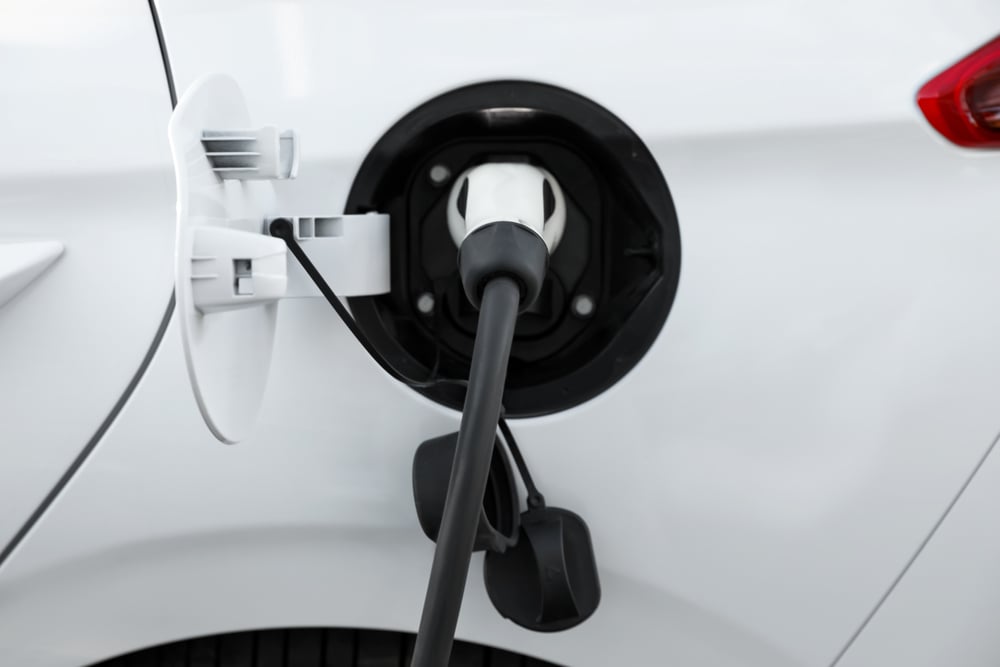
Let's dive a bit deeper into the 5 main benefits of smart charging.
What are the benefits of EV smart charging?
The connectivity enabled by a smart charger unlocks a series of benefits, ranging from improved control and insight, to automatically balancing energy usage, and, in the future, even electricity storage. We explore each of these in detail below.
1. Connectivity of EV charging stations
While smart chargers can differ greatly in their specific feature set, they all have one aspect in common: the ability to establish a wireless connection between a vehicle and a station. This is enabled by the software built into the charging station, and is generally complemented by an internet connection that allows the user to control the charger remotely using a mobile app.
This connectivity enables many opportunities for optimizing the charging process – let’s take a look at some of them.

Collect data insights of your EV charging sessions
Thanks to its software, a smart charger can collect data and unlock useful insights into your charging station usage and electricity consumption. As a result, you can see how often you charge your vehicle, how much energy you consume, and at which times, allowing you to make more informed decisions about when and how to charge.
Schedule car charging sessions
Scheduled charging takes all its importance when you consider that on average, a car is parked 96 percent of the time. Of course, you could just plug it in and leave it charging whenever you are at home, but doing so is disadvantageous for your wallet and your car’s battery.
Indeed, many utility providers offer cheaper off-peak prices at times when electricity demand is lower, such as at night or during the weekend. Scheduling your charging during these times allows you to save considerably in the long run.

On top of the extra cost of charging during peak times, leaving a car on the charger can be detrimental to its long term battery health. EV batteries, like all lithium-ion batteries, age with every charge-discharge cycle, and lose some of their capacity over time. By setting a start time and maximum charge level, smart charging can ensure your EV is charged cost-effectively and in a way that maximizes its battery lifespan.
Update your EV smart charging station automatically
Another benefit of owning a smart charging station is that it can usually be updated remotely, thanks to its built-in internet connection. Not only can this add new features or improve existing ones after you’ve bought the charger, it can also safeguard privacy and data protection by ensuring the charger has the latest security patches.
Gain access to remote troubleshooting
The ability to monitor a charger remotely is not only beneficial for normal operation, it can also be of great value for troubleshooting errors when something goes wrong. Thanks to the connectivity enabled by a smart charger, drivers can be notified immediately of issues with charging, and can take steps to correct it remotely.
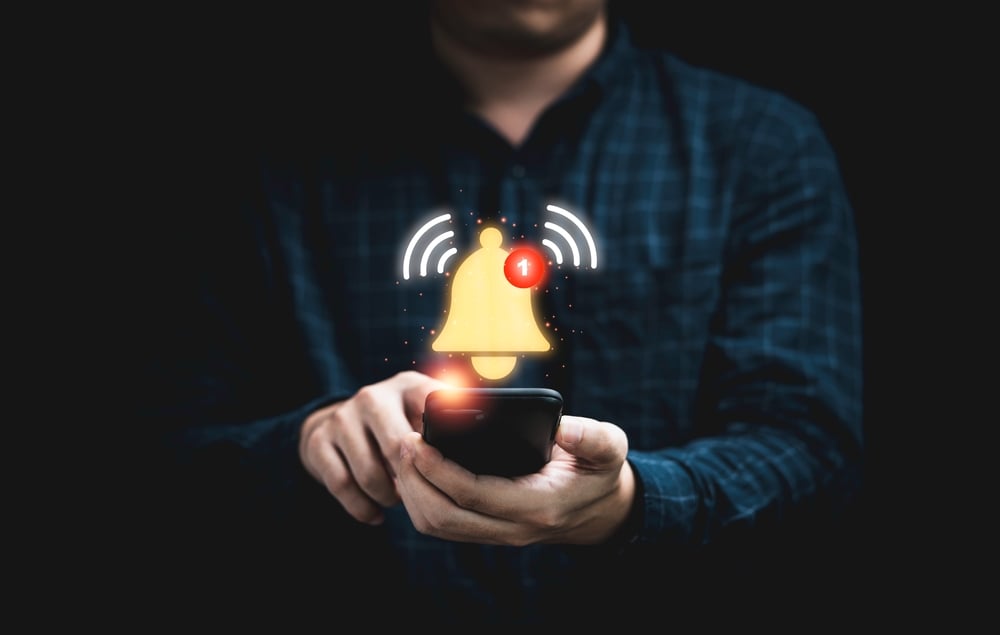
In cases where a charger needs repairs, the manufacturer or installer may be able to remotely diagnose the error, allowing them to come prepared with the relevant parts and tools. In cases where the problem is software-related, they may even be able to fix the problem entirely remotely, without having to schedule an appointment in person.
As such, remote troubleshooting is advantageous for both the EV driver and installer, especially if the installer is not based in the same city as the EV driver, as this will save a considerable amount of time and money on the trip.
2. Balance your energy flow
Charging an EV adds a considerable load to the electrical circuit in your home. If not managed properly, it can overload the circuit and cause your breakers to trip.
Dynamic load balancing is a smart charging feature that allows a charger to constantly monitor the power load on the circuit and intelligently distribute the available capacity to avoid overloads. This way, it can allow an EV to charge without tripping circuit breakers even if many other power-intensive appliances are turned on, such as during the evening or morning.
In those cases, dynamic load balancing can automatically lower the power used by your EV to free up capacity for other appliances. Once those are turned off, the charging power can return to normal. If you own more than one EV, dynamic load balancing allows you to give priority to one car, ensuring it is charged first.
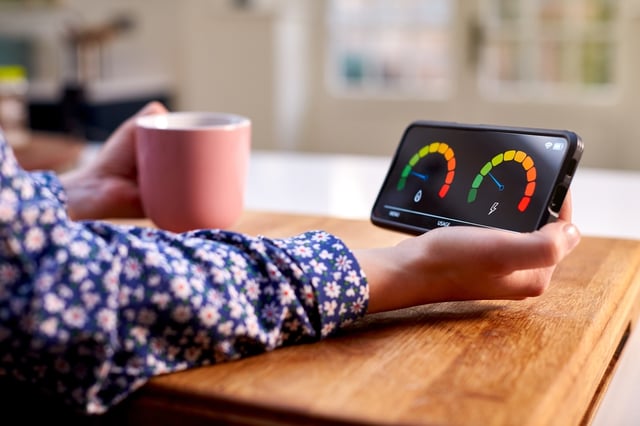
3. Leverage your EV battery capacity
While currently, your EV’s battery is just a place to store electricity for driving, in the future, it could be a source of power for your grid, by feeding electricity back into it. This technology is called vehicle-to-grid (V2G), and refers to bidirectional power flows between an EV and the electrical circuit.
A variation of vehicle-to-grid is vehicle-to-home (V2H), which allows an EV to be used as a source of power for an individual house or home. With V2H, you can complement or reduce the power you use from the grid, instead relying on the power stored in your car’s battery.
This way, you can use V2H to power some appliances in your home during peak times, allowing you to avoid using expensive electricity from the grid. Then, you can charge up your EV’s battery during off-peak times, when prices are lower.
V2H will be particularly useful for drivers who are looking to install a storage battery – instead of having to buy an expensive dedicated battery and paying for installation, they will be able to simply leverage their EV’s existing battery.
4. Optimize sustainable energy usage
A common consideration for EV drivers who also generate their own energy, for example through solar panels or wind turbines, is whether they can use that electricity to charge their cars. Smart charging can help you optimize the use of locally generated energy, by allowing you to easily control where the energy used to power your car comes from.
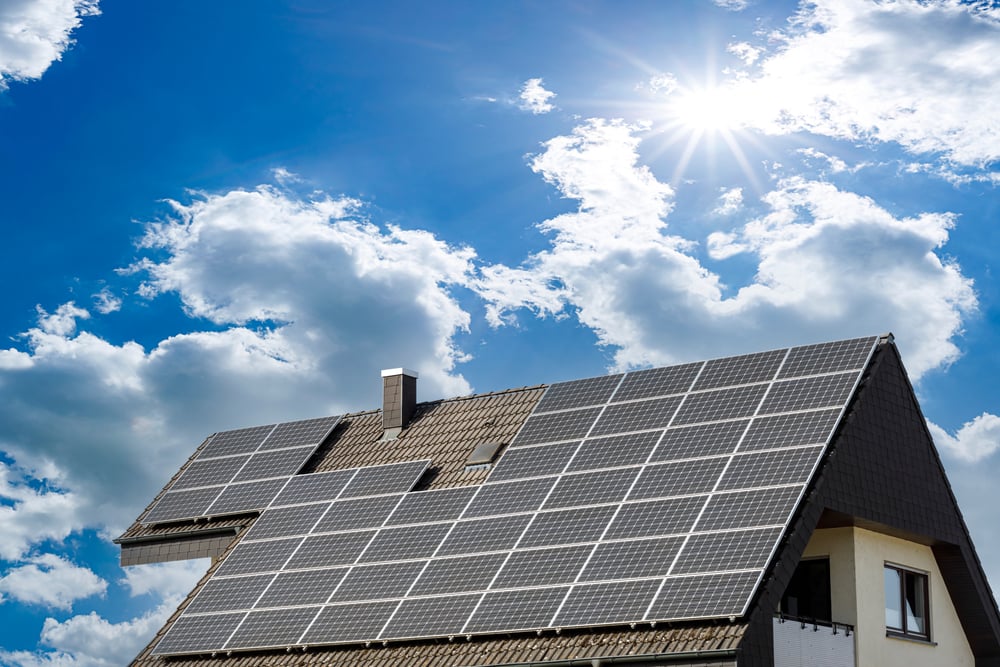
For example, you can schedule charging during the afternoon to ensure high solar energy production, guaranteeing the electricity used to power your EV has been generated sustainably. Beyond reducing your carbon footprint, using your own energy can also help you save costs, by reducing the amount you need to purchase from the grid.
5. Save on electricity costs
While installing a smart charger takes a certain investment, there are numerous features that can unlock significant cost savings over the charger’s life. By providing insights into the charging process and energy use, having a smart charger allows you to manage your electricity consumption and charge at times when you can save on your electricity bill. This goes beyond insights, potential automation in the future could enable you to optimize your electricity usage automatically.
Charge during off-peak hours
By scheduling charging at specific times, you can take advantage of off-peak prices, depending on your location, energy provider, and contract. These are used to incentivize consumers to shift their energy demand to quieter times, when there’s less pressure on the grid, and are usually available at night and during the weekend. Regularly charging your EV during these quiet times can save considerable amounts.

Avoid meter box upgrades
Another way smart charging can reduce costs is with dynamic load balancing. Because this feature can responsively adjust an EV’s power consumption during charging, it can allow you to keep using your existing meter box and electrical circuitry, without having to upgrade them to more powerful ones. Not only does that prevent the cost of buying a new meter box, but also, takes away the need for expensive installation work by an electrician, and avoids potentially higher monthly connection costs from your utility provider.
Store energy
Finally, vehicle-to-grid holds much future promise for saving costs, by allowing you to depend on your EV’s battery to provide power to the grid, or your house, in the case of vehicle-to-home. While V2G and V2H are still in development, smart chargers’ connectivity means they can be upgraded at a later stage to support these new features, even if they don’t come with them today.
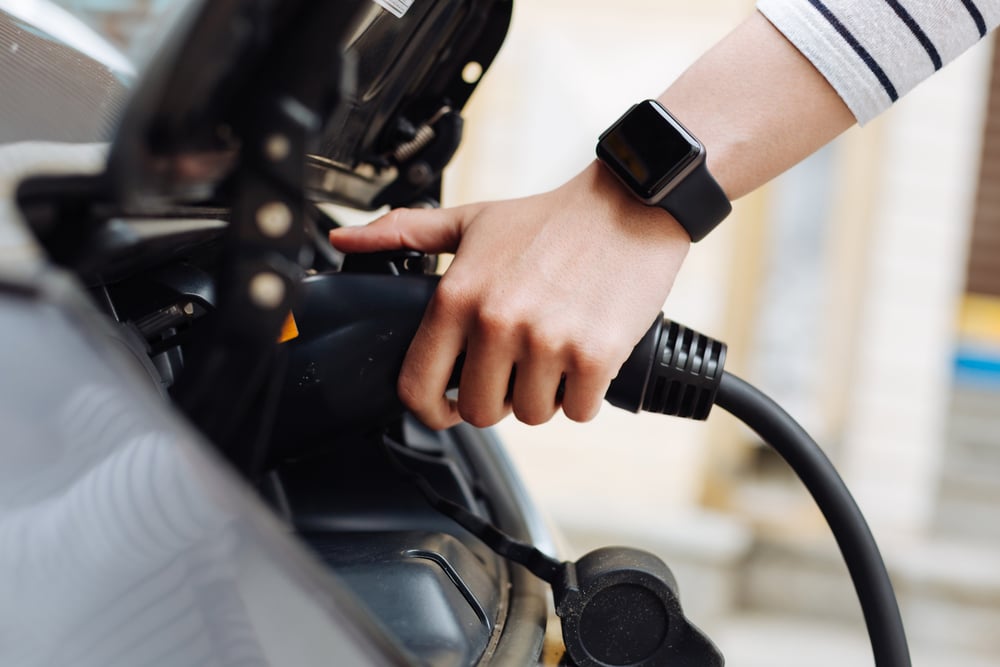
As efficiency and convenience are increasingly important considerations for homeowners, smart charging offers a compelling tool for easily managing EV charging and keeping energy use under control.
If you’d like to learn more about the different smart charging features, take a look at our in-depth blog on the topic. Alternatively, check out our blog about the cost-saving potential of smart charging to discover how it can help you charge your EV as cost-efficiently as possible.
Related articles
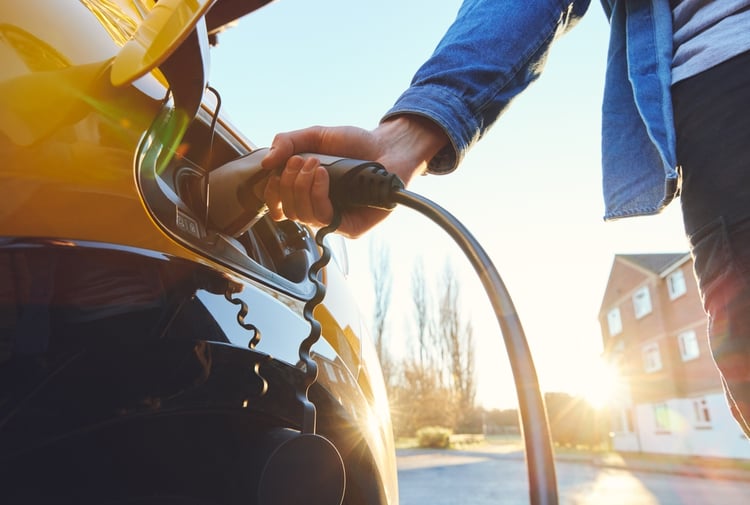
Peak shaving and load shifting explained
As electric vehicle sales reach record numbers, more people are discovering electric mobility and the flexibility of...
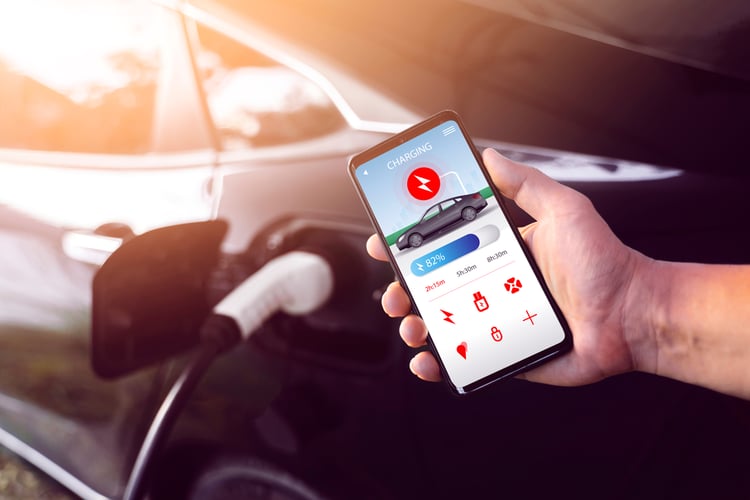
The 5 top benefits of EV smart charging at home
As electric mobility establishes itself as a prominent part of societies around the world and electric vehicle (EV)...
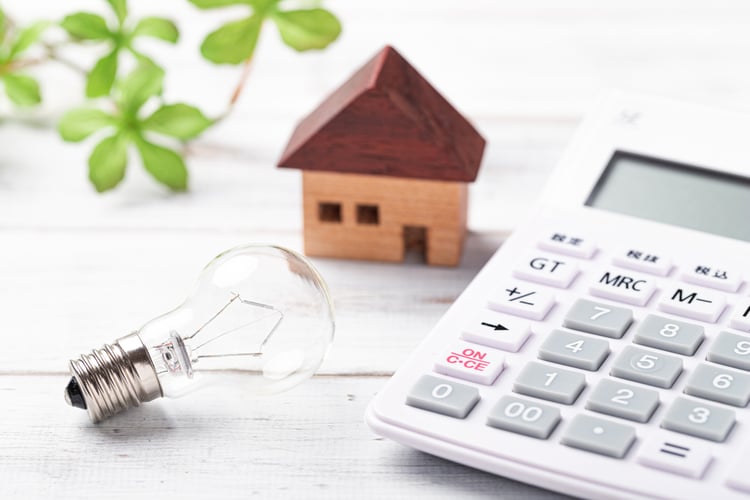
Can you save money with a smart EV charging station?
With the world collectively switching to more sustainable modes of transport, electric vehicles (EVs) have emerged in...